Educate children through direct experiences | Part 44
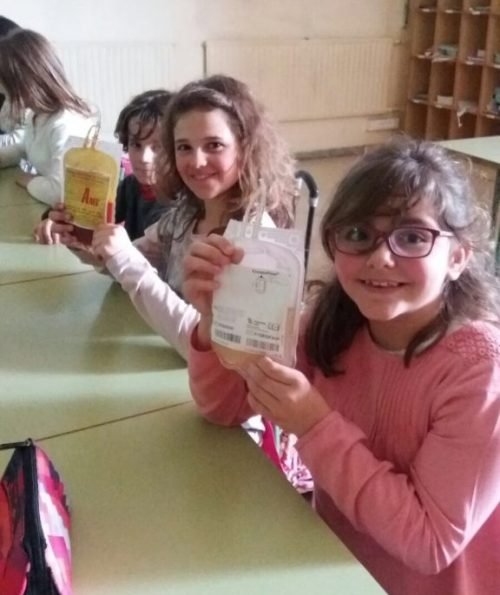
Source
Direct experiences tend to be today, the process through which learning is guaranteed with greater emphasis.
Encouraging children through playful and active activities is what makes enthusiasm increase, and therefore they want to know, learn, use, feel, experience and be part of what the educational process has to offer.
Part of the enriching learning process is based on humanization and awareness, so that over time you can act based on good behavior.
When children are allowed to be part of direct experiences, they open the way to improve in their lives, since it is something tangible, that is appreciated and given the value that corresponds to the knowledge acquired.
Direct experience in the blood bank.
Encouraging children in a task such as donating blood, is contributing to many people who need help daily, supporting them, and this is possible, without having to know the person, only acting with kindness and conviction that is right.
The students in this activity in the blood bank, may understand in one way or another, that blood is of vital importance, and that the care of it, is the salvation of other people.
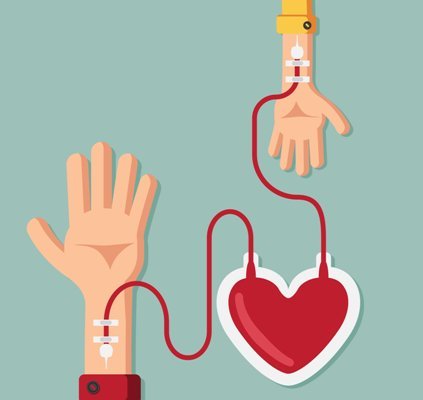
Source
In this activity, children will learn the value of life, how to appreciate other people, understand that every drop of blood saves a life, that it is not only about donating blood, but about helping in a disinterested way so that another person is healthy , and in stable conditions to continue on earth.
The process of donation, fragmentation and storage of the blood will be verified.
Objectives of the direct experience, in the blood bank.
- Humanize.
- Increase awareness.
- That the child is committed to value the life of any person.
- Students learn, that as a human being, you can help another person to have life opportunities.
- Be able to act well, without expecting anything in return.
Functions that the educator must execute, so that the experience in the blood bank is satisfactory and enriching in the learning.
The educator acts as a mediator, for the acquisition of knowledge with value. It is necessary to prepare the students explaining:
- Place where the direct experience will take place.
- Brief explanation of what is done there.
It is fair and necessary that the destination and its activity are known, since the children must be in direct contact, within the possibilities and the existing scope of the personnel in charge, which is convenient.
Learning activities in the blood bank.
Teaching children to value, to be aware, to be human, to respect others, is a task that requires time, but that is not impossible. Therefore, involving students in blood donation is done with a sense of responsibility and collaboration, so that they know how to act in such situation or circumstance.
Saving a life is the best gift that can be made, and if it is in the hands of man, as an indispensable factor to contribute to that cause, it is more than necessary that he thinks and acts in the right way.
Activities:
Blood bank and guidelines to comply.
Children will be received by the person responsible for ensuring the correct use of blood samples, separation, detail, selection, among other processes that are part of the work, to meet the standards to which blood should be applied for its proper utilization.
It will be explained, what clothes to use, gloves and other correct implements that are used strictly to meet the requirements.
All this is done for the understanding and importance of the place and the procedures that are executed.
It is necessary to teach that blood can recover and maintain a living person, giving them the opportunity to be healthy, to enjoy the pleasures of life.
Donating blood offers a possibility. The direct experience within the blood bank will give the children a different feeling.
Verification of test tubes for samples.
It is necessary to explain to the children that there are many processes that are carried out for the extraction of blood, and that in the test tubes samples are taken to verify the blood type and carry out the whole process.
Students should keep the test tubes in the correct order, so that at the time of sampling, they are completed successfully and not delayed.
Children should be informed at this time about the responsibility that this entails, being part of the team that takes blood samples, as they contribute to saving lives, performing one of the most delicate tasks, the extraction process, processing and storage.
Taking blood samples.
Students in the company of a supervisor in charge of the extraction of samples, may also perform the extraction. To determine under what conditions the patient's blood is found.
This is an important step, within the acquisition of knowledge, and essential basic notions, when it comes to humanitarian aid and social work.
Children from this moment, learn to be more tolerant, aware, kind, understanding how good treatment and reciprocity play an important role.
Students learn how to hold the patient's arm and how to stretch it to draw blood.
Verification of blood samples.
It is important that children learn to sort, differentiate and keep things where they belong. Blood samples, in this case is a responsibility job, it must be taken into account that this work must be done under strict supervision, since children, as the word says, are "children", and it is necessary to evaluate and teach. That's why leaving them alone in the execution is not the best idea.
We proceed in this part of the activity, in differentiating blood types, according to their denomination and classification.
All children must go through the selection process, without fear because they will have help at all times. The goal is to humanize in the work of blood donation.
Evaluation of samples.
The use of technology is just and necessary in this medium of work, to carry out the expected purpose, which is no more, than to save lives.
The children will be able to manipulate the microscope, to evaluate the samples, showing that they are free of any contaminating agent and that it is in perfect condition for its use.
The person in charge of the laboratory must teach the child when the blood is good for its use, or when it is at risk.
Life is not a game, therefore, this activity guides students to help other people stay alive.
After the relevant evaluations, the list of hospitals to which the blood samples must be transferred is checked to help maintain or save lives.
It is necessary to explain to the students that the blood must be kept in a specific space so that it is maintained.
Activities to perform, when the direct experience ends in the blood bank.
The educator has the duty to gather the students, to know their perspective, with respect to the place visited.
Asking for example:
Is it comfortable to attend the blood bank?
Could you repeat the experience?
Do you think that donating blood is a good cause?
Activity.
To encourage even more students with more humanitarian and social work, you can suggest, hand out leaflets that imply blood donation, its importance and how to save lives, change the world.
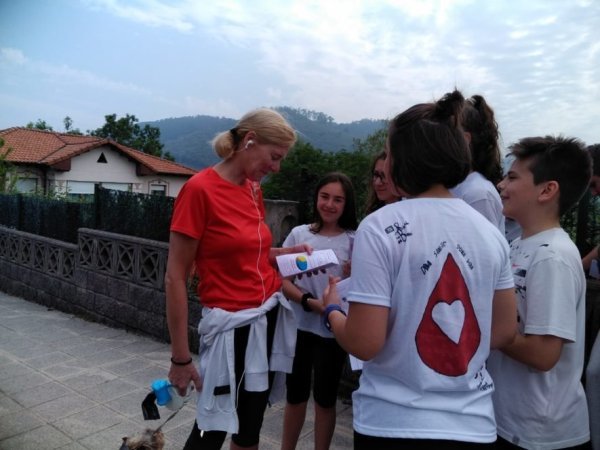
Source
The educator accompanies the students to the outskirts of the school, since it is a passable place and without risks.
To educate is to open our eyes, to knowledge, to understanding, to the action of good behavior, for that reason, to contribute to the salvation of people is to learn that together we are more.

An educator never finishes teaching or learning. In life there are things that nurture knowledge, and experience is part of that.
Greetings educators and motivators of education.
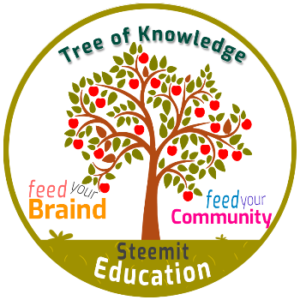
@SteemitEducation
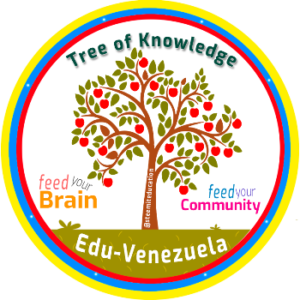
@Edu-Venezuela
Posted from my blog with SteemPress : http://cindycam.vornix.blog/2018/08/11/educate-children-through-direct-experiences-part-44/
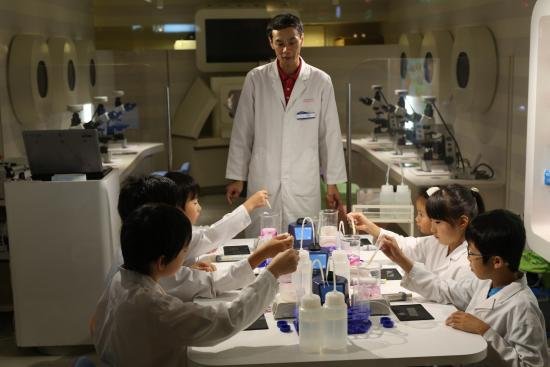
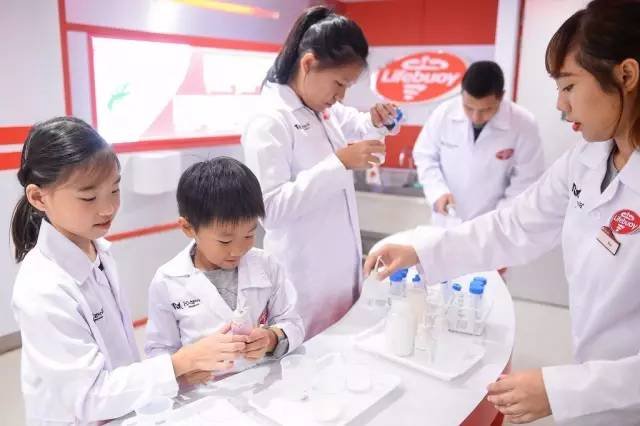
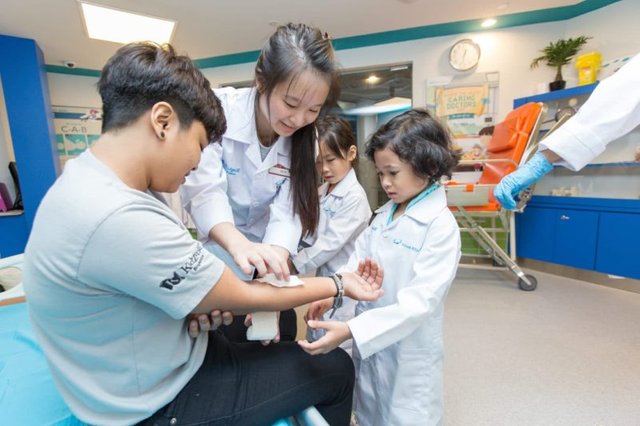
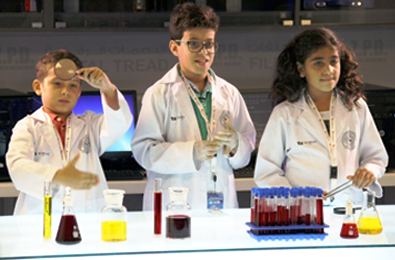
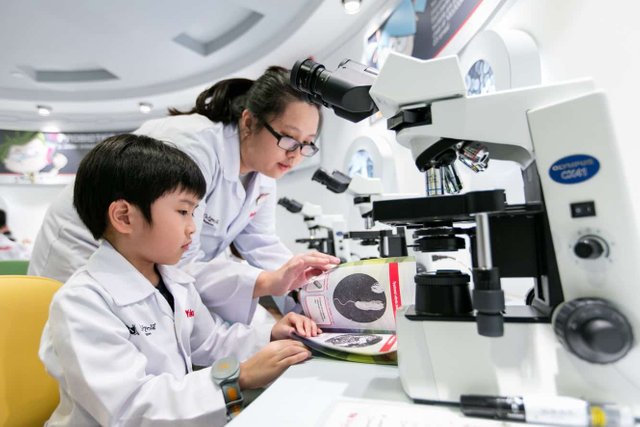
Wow..great! it's called as learning by doing or experiential learning, isn't it? Students directly do the action so that I do believe they will get the meaningful of learning.
If you would like to support the educational community by delegating to @steemiteducation, please click on any of the following links. This will ensure that more teachers are supported on a daily basis.
100SP 200SP 300SP 400SP 500SP 750SP 1000SP 2000SP 3000SP 4000SP 5000SP 10,000SP 25,000SP